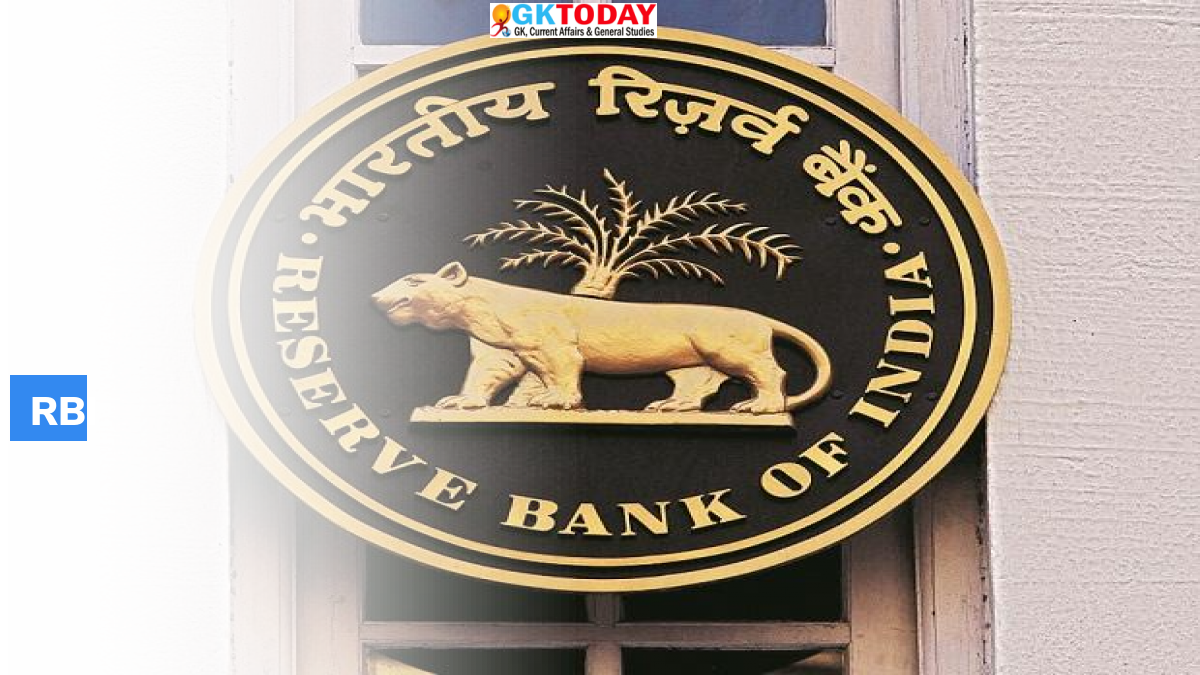What is C-KYC Database?
The Reserve Bank of India (RBI) has recently classified the Centralised Know Your Customer (c-KYC) database as high risk, posing challenges for financial institutions. This move has prompted banks to explore alternative methods for customer authentication, such as video KYC or physical KYC.
Understanding c-KYC
c-KYC, or Centralised Know Your Customer, simplifies the Know Your Customer process for financial institutions. It allows them to fetch customer details from a centralized data repository, eliminating the need for repeated document submissions. This system gained popularity due to its utility and customer convenience.
RBI’s High-Risk Tag
In a recent update to the master direction on KYC, the RBI declared customers onboarded through c-KYC as high-risk. This classification requires enhanced monitoring of such customers until their identity is verified through face-to-face interaction or video-based customer identification process (V-CIP). The move aims to ensure robust customer authentication and risk mitigation.
Implications for Financial Institutions
Banks and other lenders are concerned about the increased cost associated with customer authentication. While c-KYC offered a cost-effective solution, the new directive necessitates video KYC or physical KYC, which are more expensive methods. Video KYC costs between Rs 15 to Rs 30 per customer, leading to additional expenses for financial institutions. Moreover, high-risk customers need to undergo re-KYC every six months, resulting in recurring costs for lenders.
Data Quality Concerns
Concerns have been raised about the quality of data in the c-KYC repository. It is claimed that the scanned documents are often illegible or unreadable, making fraud detection challenging. The repository’s search API relies on easily available information like PAN numbers and dates of birth, which can be replicated by fraudsters. These concerns highlight the need for stringent measures to ensure data accuracy and prevent identity frauds.
Future Outlook
While c-KYC continues to be used by fintechs and many non-banking financial companies (NBFCs), large banks are reconsidering its usage due to the regulatory diktat. The RBI’s classification of c-KYCed customers as high-risk has prompted banks to lean towards video KYC. It remains to be seen how the system evolves to address data quality issues and build confidence in the accuracy of customer information.
Month: Current Affairs - May, 2023
Category: Economy & Banking Current Affairs


